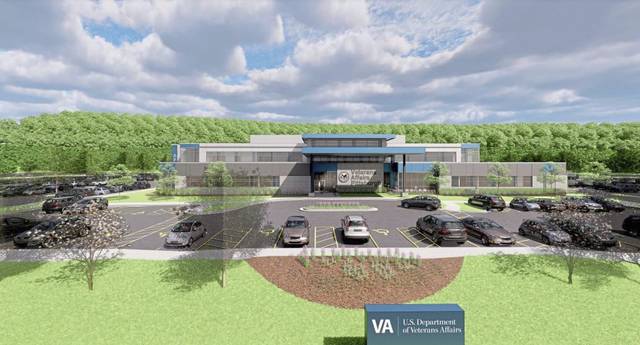Editorial: A winning location to heal veterans and commerce in Monroeville
It is great when one solution can be used to tackle two problems. It would be even better if that could be used as a model to solve even more problems.
A 6.5-acre site near the Monroeville Mall will be the home of a new 64,000-square-foot outpatient clinic for the U.S. Department of Veterans Affairs.
That is good news for veterans, a considerable chunk of the population. There are about 19 million people in the U.S. who served in uniform. In Pennsylvania, the number is about 840,000. While they certainly aren’t all clustered in the southwestern corner, the number is a pretty reliable 7% of the state’s population, which would be about 100,000 or so between Allegheny and Westmoreland counties.
A facility with basic and specialty outpatient services such as primary care and physical therapy gets more veterans treatment and maintenance faster. That is not just a way for the U.S. government to keep its promise to those who served but a way for it to be offered conveniently close to home.
But utilizing the mall-adjacent space heals something else. Malls and many other retail spaces have been floundering in recent years as the way people shop and the destinations they visit change. Chattanooga-based CBL Properties owns Monroeville Mall. It filed for Chapter 11 bankruptcy in 2020, but it also worked with real estate firm JLL to find a nearby location for the facility.
As malls try to reinvent themselves — with churches, daycare centers, medical offices and other tenants taking over for shuttering department stores and specialty shops — the surrounding retail and entertainment spaces can suffer, too, leaving big-box stores or chain restaurants that depended on mall traffic struggling.
An outpatient clinic is a destination unto itself. It doesn’t rely on drive-by traffic or impulse purchases. Aside from supporting itself, it might even be a battery that could energize other businesses. That’s without even considering the $91 million the project will cost and the jobs it will include.
This is the kind of smart planning that can encourage new growth and support what already exists. And that’s healthy for everyone.
Remove the ads from your TribLIVE reading experience but still support the journalists who create the content with TribLIVE Ad-Free.

